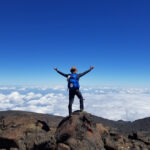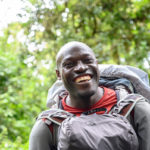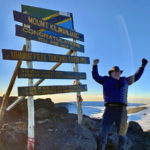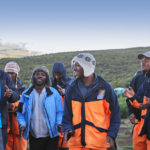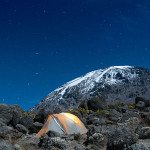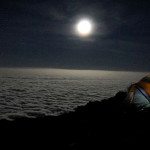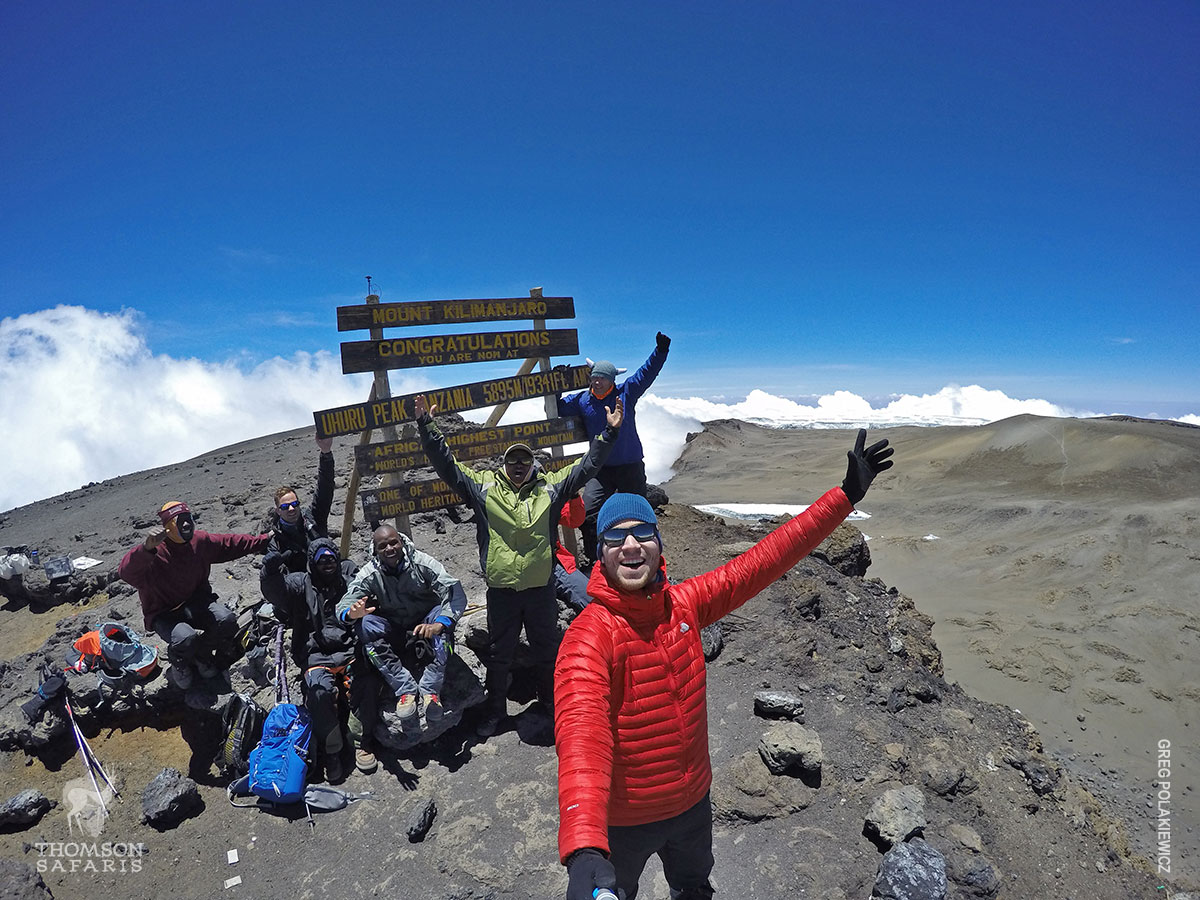
If you’re seriously considering a Kilimanjaro trek, you’re probably aware there are a wide variety of trekking outfitters, at a wide range of price points.
Why so much variation? After all, aren’t you all climbing the same mountain?
It all comes down to two main factors: quality and ethics.
On the mountain, the difference between budget operators and high-end outfitters is immediately apparent. Cramming multiple trekkers into flimsy tents, rationing food and water during the journey, limiting trekkers’ time on the mountain, and forcing guests to rely on the long-drop toilets used by thousands of trekkers annually allows some companies to cut costs significantly.
But there’s a bigger cost to this approach: trekkers with budget companies rarely reach the top. Kilimanjaro’s overall summit success rate is below 50%, in large part because operators offering mainly short, cheap treks are concerned with attracting as many climbers as possible…not with whether or not they reach their goal.
At Thomson, we provide tents made for three people, but sleep only two inside, so guests get the rest they need. We provide hygienic private toilet tents both for comfort and help prevent a trek-ending illness. And we offer unlimited purified water and nutritionist-planned meals to give our guests the best chance at success.
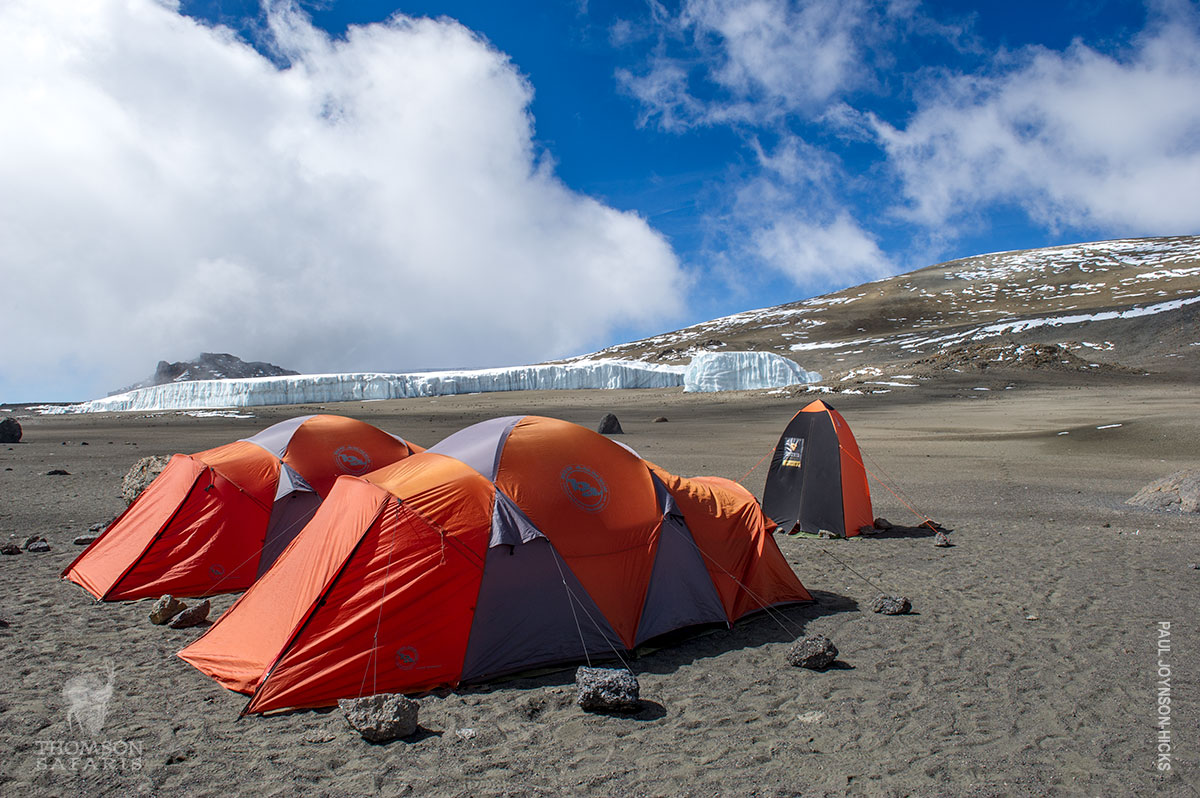
There’s a reason why Thomson’s summit success rate is 98%: we don’t cut corners. A cheaper trek will save you money, but it might mean losing the chance to reach the Roof of Africa.
The other major factor in a trek’s cost is ethics.
Porters and guides work incredibly hard to get guests to the top, but many companies save money by simply not paying a fair wage, hiring too few porters, and/or endangering their employees’ health.
On some of the least expensive treks, a mere $40 per trekker is meant to cover the entire staff’s food, water, and wages. These same outfitters often endanger porters’ health by forcing them to carry much more than the recommended 32lb./person.
They also often require porters to provide their own cold-weather gear, an expense many can’t afford. It’s common to spot porters in nothing but sandals and a light outfit near the freezing summit of Kilimanjaro.
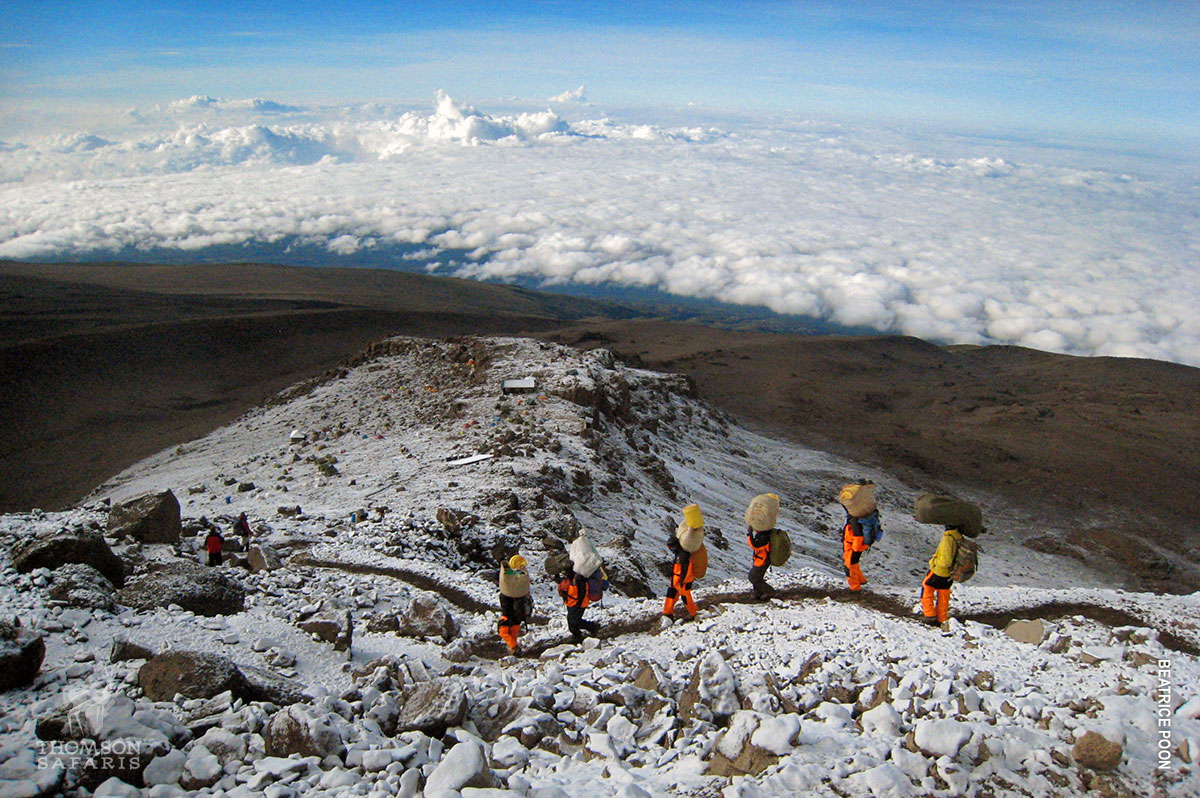
Even worse, many porters must pay bribes in order to work in the first place, only to have their tips stolen once the trek is over. In the end, they take home next to nothing in wages. Companies that cut corners can’t afford to monitor these pervasive practices, which allows them to continue.
At Thomson, we treat your porters and guides with the respect they deserve.
Thomson is a founding member of KPAP, the Kilimanjaro Porter Assistance Project. We provide one of the largest compensation packages on Kilimanjaro, and we’ve created a transparent tipping system that ensures every porter receives every cent they’ve earned.
Unsurprisingly, maintaining those high ethical standards comes with a higher price tag. Higher wages, three nutritious daily meals, and full cold-weather gear for the entire staff just isn’t possible on $40/day, or anywhere close to it.
As with so many things in life, on Kilimanjaro, you get what you pay for.
At Thomson, you’re paying for a higher-quality experience, and fair and honest treatment of the staff that work so hard to get you to Uhuru Peak.
We think that’s worth every penny.

